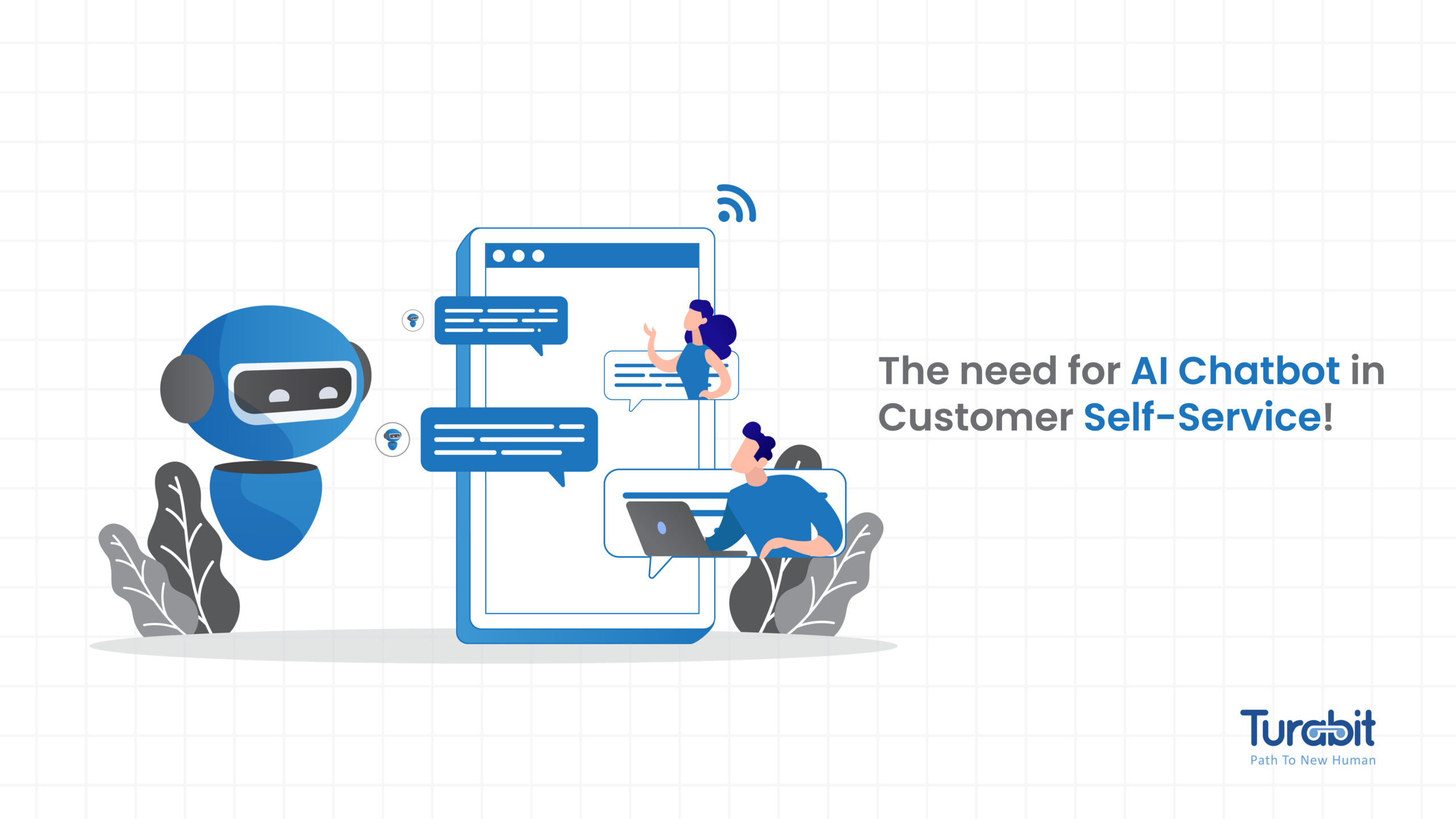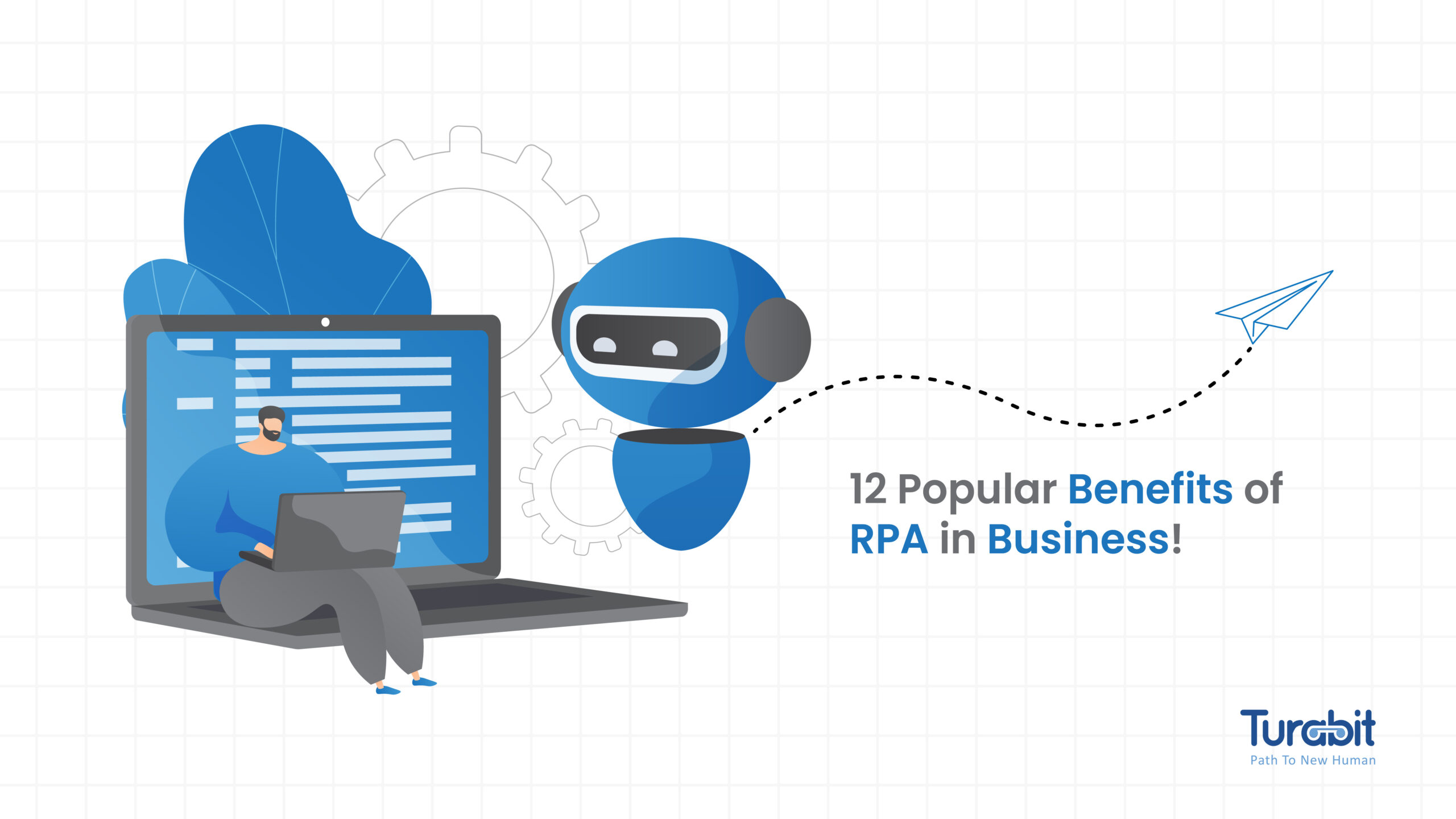The need for AI Chatbot in Customer Self-Service
Nowadays, customers expect instant resolutions.
Whenever they need help, they prefer to reach out through the most accessible communication method. No matter how common or complex their inquiry is, they only care about the task at hand without having to wait over lengthy chat conversations.
Customers no longer prefer to communicate with support via email or phone. In order to provide efficient customer service, businesses are now integrating other communication channels, such as live chat and social media. But this holistic approach poses the challenge of managing and scaling it. It remains an unanswered question whether we will be available all day and night.
Therefore it is essential to incorporate customer self-service into your business to bridge the gap. Customer self-service empowers customers to resolve their queries without wasting time searching for support agents. Companies can be available 24 hours a day, 7 days a week, with a customer self-service solution, and the number of incoming calls or emails is reduced by approximately 30% to 40%. AI chatbots are gaining popularity among businesses as part of self-serve strategies due to the rise of artificial intelligence (AI) and natural language processing (NLP).
Trying to figure out why?
In order to remain competitive, every business aims to save money. Instead of investing vast amounts of money in expanding customer support teams, an AI-powered customer self-service solution will cost you a fraction of that amount.
AI chatbots will handle 30% of customer service interactions by 2022, according to Gartner’s Market Guide for Conversational Platforms, and businesses are more likely to increase their use by 400% by then. The prediction was correct, as AI chatbots are radically transforming customer service.
Let’s step beyond knowing AI-powered self-service and understand why customer self-service needs AI Chatbots.
Why should self-service use AI chatbots?
In one line – Restore the broken customer experience and drive scaled ROI.
It has been proven that AI chatbots can provide 24/7 customer support, automatically resolve queries without human intervention, and provide support to multiple customers simultaneously over the past few years. The new version encourages users to self-serve and reduces the rate of repetitive inquiries by offering self-service options for common issues.
Businesses can also eliminate some common CX challenges by using AI chatbots to provide customers with accurate and quick advice and to encourage them to use self-service features.
A long wait time
Conventional support channels such as phone or email often take too long, frustrating customers, particularly when they require instant help.
Unsatisfactory customer service
Without a substantial increase in workforce, businesses will struggle to scale up customer service operations, as the majority of contact centers rely heavily on human agents.
An inability to personalize
Since conventional support functions receive such a high volume of queries, they need to provide dedicated and customized attention to customers with complex issues.
No matter whether our customers ask simple questions or make a purchasing decision, Artificial Intelligence is changing the way we serve them. Using AI chatbots to establish a superior self-service experience for your customers is a great way to improve customer satisfaction.
Here is something you have to keep in mind
When you want an AI chatbot to work for self-service, you must supply it with the appropriate information and knowledge. Your knowledge base (KB) must contain enough information that your customers are most likely to search for to make your AI chatbot more effective. Furthermore, you may need to develop a content strategy in addition to just a bot-based support strategy in order to increase your knowledge base.
An effective knowledge base content creates empathy for your customers, resulting in a long-term relationship with your brand. Making it relevant and tailored is the key to building a good knowledge base. The best way to solve the problems your customers might face is to create relevant content that makes your bot capable of resolving them.
Maintaining Your Chatbot’s Self-Service Capabilities
To provide self-serve features to your AI Chatbot, you will first need to create customer personas. These will help you capture specific patterns of their behavior, their intent, and their challenges.
Assess the pain points
Identify all the potential pain points where your customers may have an issue or query once you have identified all your customer personas. A knowledge base can be designed efficiently once you start curating the list of problems that your customers face.
FAQs to be resolved
Identify the frequently asked questions (FAQs) from your customers by looking through your existing support channels like email, social media, and live chat messages. Map all these questions under the respective touchpoints to create a repository with the ideal solutions.
In addition to solving common queries, the collected information will help the bot learn from the data while implementing a bot-based support strategy. Doing so makes your bot aware of your customer’s behavior and the questions they tend to ask, so over time, it becomes smarter.
KB Content enrichment:
A knowledge base must be kept current, accurate, and relevant by being constantly updated. The bot will consume a constant stream of learning through Artificial Intelligence (AI) and Machine Learning (ML), so it is essential that the content is kept current so that it can be fully utilized. In addition, any outdated content offered by the bot will leave the customer confused and frustrated, reducing the value of the relationship you have built over time.
Measuring Success:
Identifying whether your bot strategy is actually working for your customers is one of the most crucial aspects of your bot strategy. You may find that your AI chatbot is working well for your business, but you must track its performance proactively and take necessary actions to improve it. To grow and improve, you must measure your success. In order to measure your success, you need to monitor the following:
1. Engagement rate with your chatbot
2. Amount of queries the chatbot deflected or resolved
3. Does the bot receive regular training to answer all FAQs?
Conclusion
A new era of self-service for customers has emerged with AI Chatbots, unlike traditional chatbots, which can automate only basic tasks. With NLP and machine learning innovations advancing in this digitally transforming AI era, AI chatbots can help you break free from traditional customer service methods and make your business future-ready.
It’s important to figure out which AI platforms are best to improve your company’s self-service support after a deep dive into chatbots, AI-powered self-service, and their strategies.
You won’t just appear tech-savvy (even though you will) if you deploy the best AI chatbots for your customer support. With Turabit CX AI Assistant, you’ll save time during customer interactions, improve the customer experience, and build a more robust support function.




